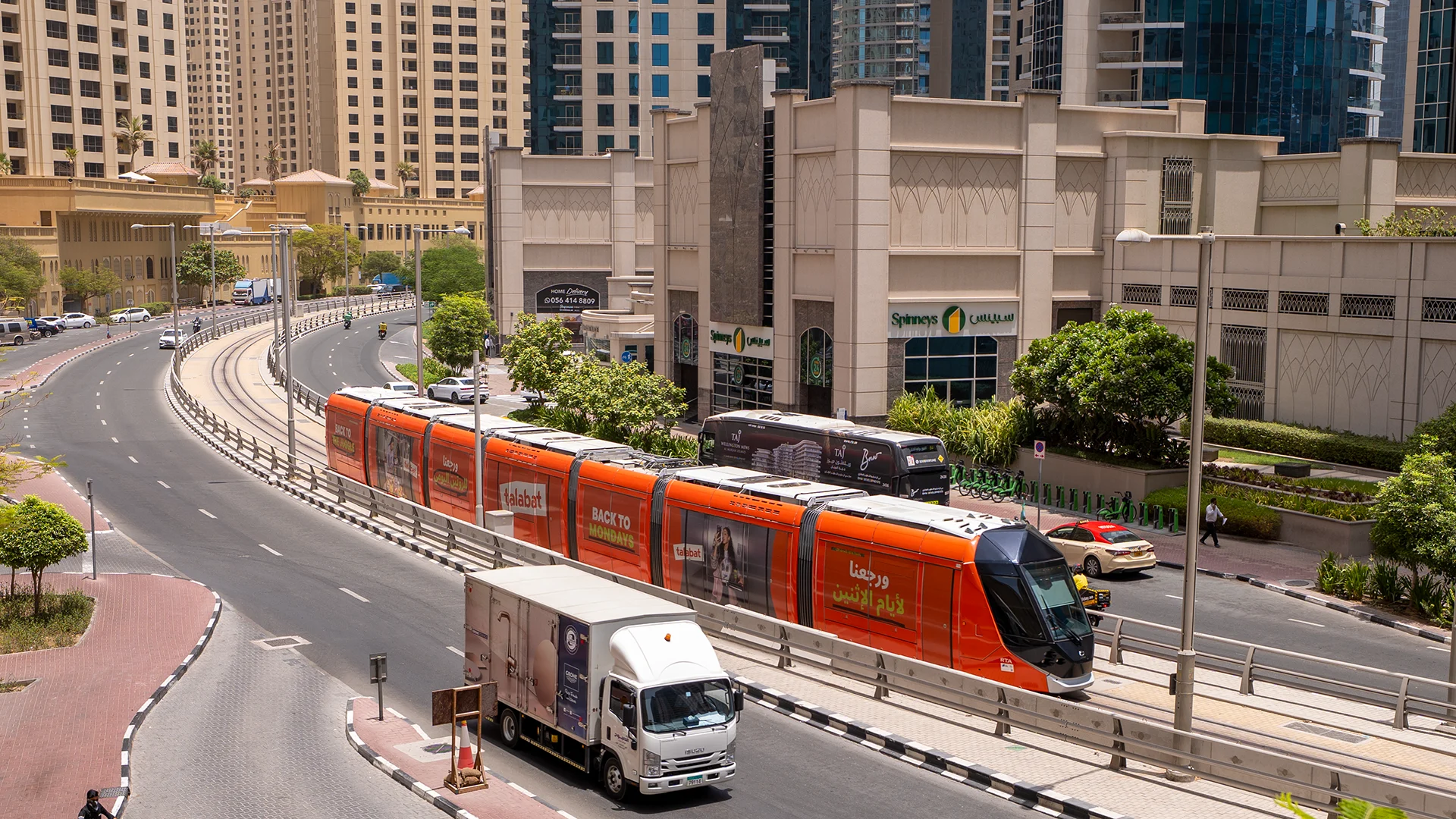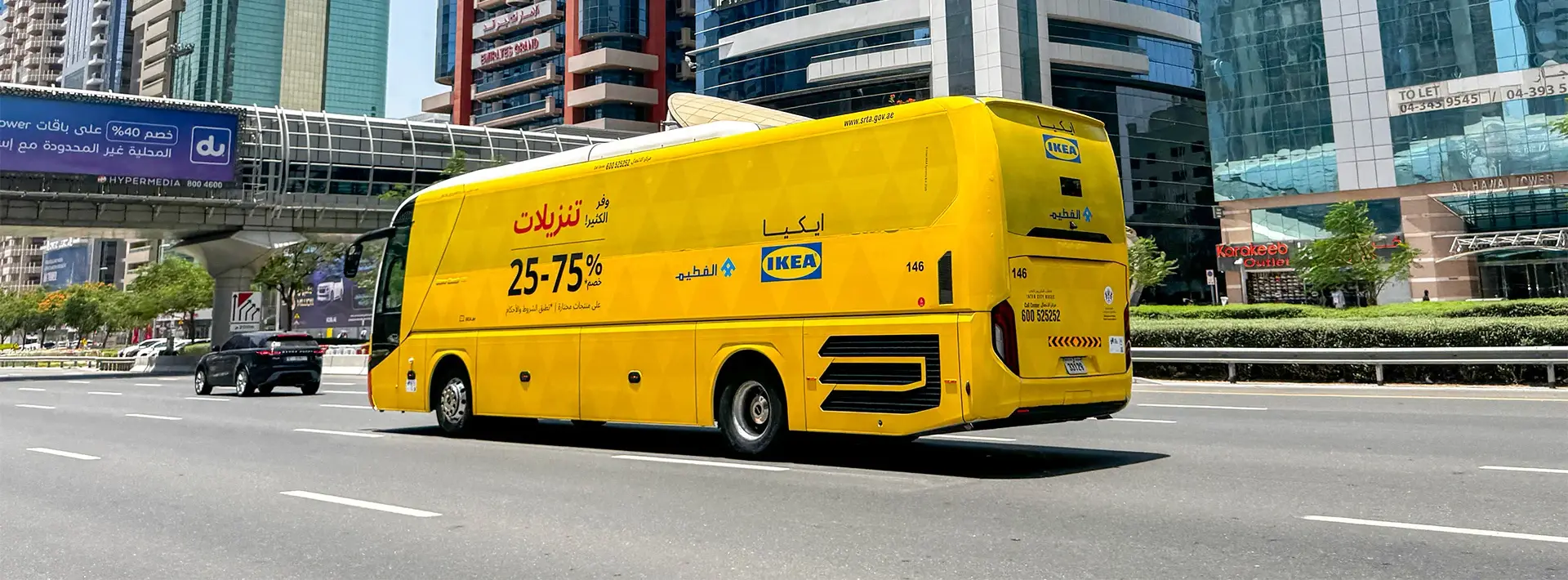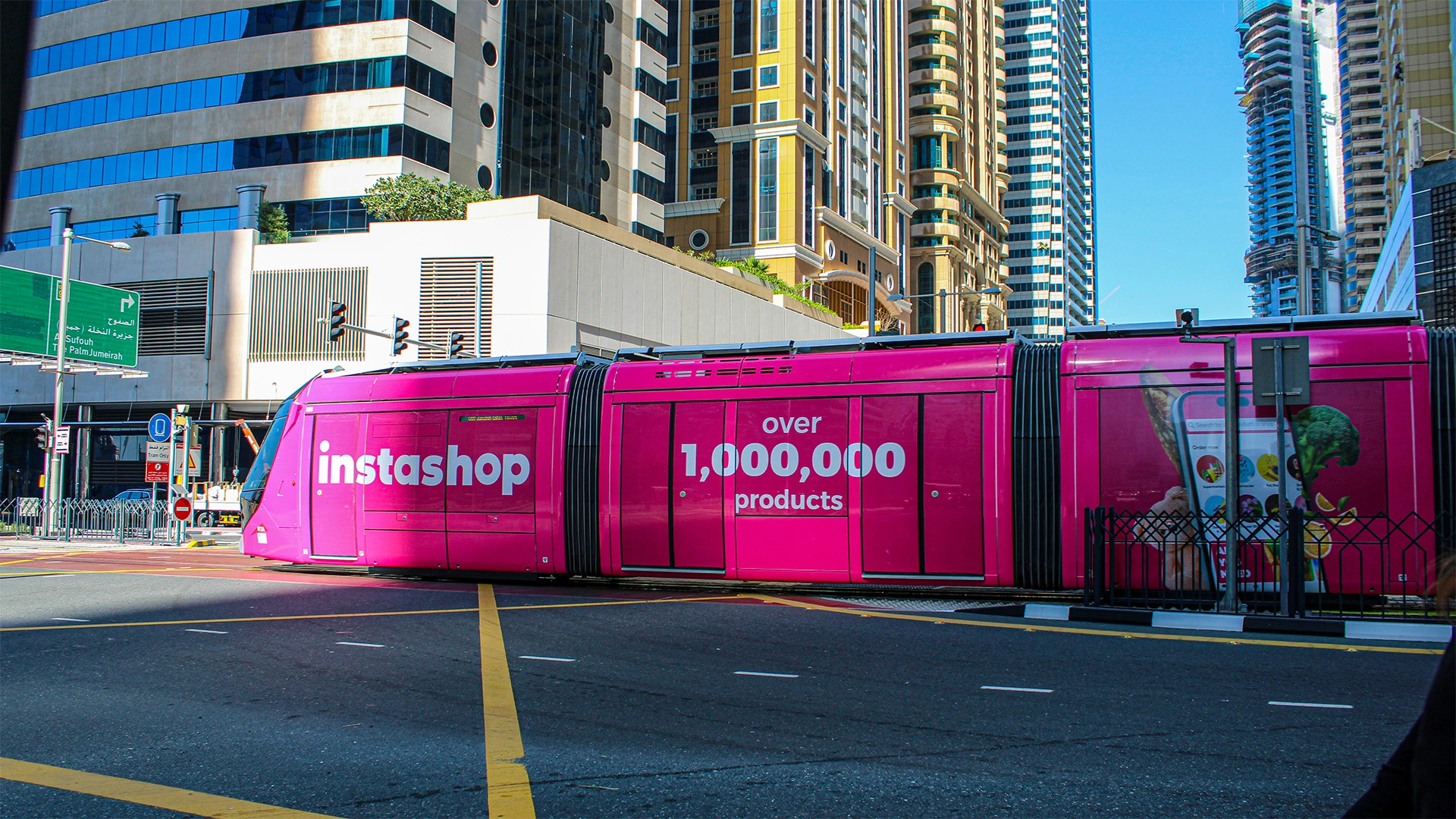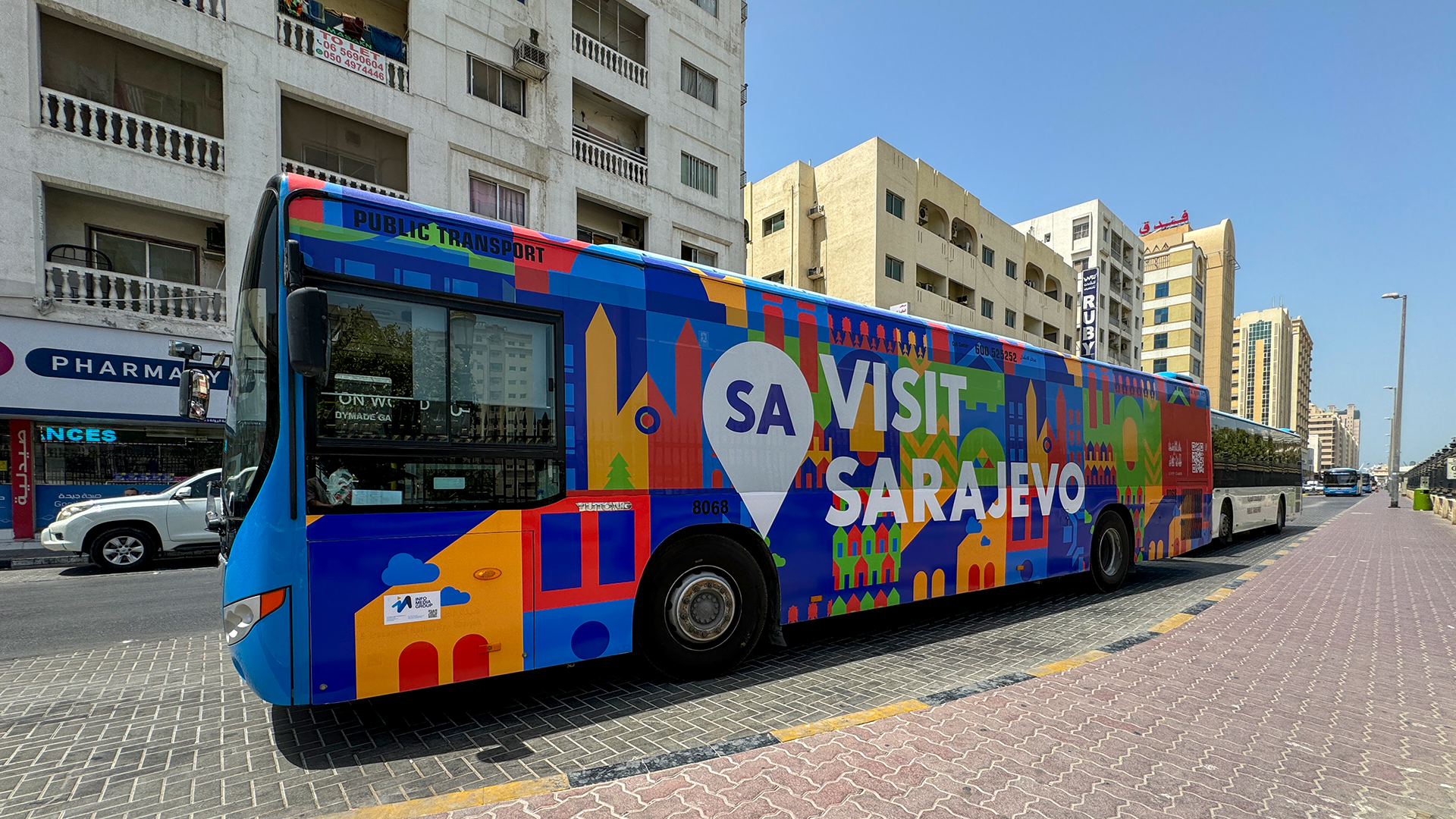Transit advertising has been around for decades – and for good reason. Buses, trams, and trains travel through the busiest parts of our cities, carrying messages that thousands of people see every day. But in today’s world, where audiences are constantly bombarded with ads on their phones and online, simply putting a logo on the side of a vehicle isn’t enough. Brands that want to stand out are turning to creative strategies – bold full-vehicle wraps, interactive campaigns, and highly targeted messaging – to turn everyday commutes into memorable brand experiences. Here’s how they do it.

1. Full vehicle wraps: Turning transit into moving landmarks
A fully wrapped bus or tram is no longer just a piece of public transport – it becomes a moving billboard and sometimes even a moving piece of art. Unlike standard posters, a full wrap uses every available surface: sides, front, and sometimes even windows (with see-through materials that don’t block passenger visibility). This allows brands to create immersive designs that demand attention, whether the vehicle is parked at a stop or driving through busy city streets.
Some of the most memorable campaigns take a playful approach to the shape of the vehicle – integrating windows, wheels, or doors into the design. A food brand might turn a tram into a giant sandwich; a streaming platform might turn a bus into a cinema-on-wheels. This kind of creativity makes passersby stop, take photos, and share them on social media – giving your campaign free extra reach.
2. Interactivity: Inviting the audience to participate
Today’s commuters are used to interactive, digital experiences. Transit advertising can tap into that by adding QR codes, AR filters, gamification, or NFC triggers that invite people to engage. Imagine waiting for a bus, scanning a code, and instantly playing a mini-game that rewards you with a coupon. Or using an AR filter that makes a wrapped tram come to life on your phone screen. These campaigns don’t just deliver a message – they create a two-way interaction that makes the audience feel like part of the experience.
Even simple elements can work. A hashtag printed on the wrap can spark social media conversations, and a well-placed call-to-action can lead to measurable results. When interactivity is part of the design, transit ads go from being passive visuals to becoming active touchpoints for the brand.

3. Message targeting: Delivering the right message in the right place
Location is everything in transit advertising. Buses and trams follow fixed routes, which means you can strategically choose where your message appears. This allows for hyper-local targeting – a brand can speak directly to the community that sees the ad every day.
For example, a gym might wrap a bus that runs through residential neighborhoods, encouraging locals to “join the gym just around the corner.” A coffee chain might focus on morning commuter routes, reminding passengers where to grab their coffee before work.
Modern technology takes this even further. Digital screens at bus stops or inside vehicles can display time-sensitive messages – morning promos, lunchtime deals, or event reminders – giving brands flexibility to stay relevant throughout the day.
Why these strategies work?
- Memorability: Full wraps dominate the visual space and can’t be ignored.
Engagement: Interactive campaigns invite audiences to act, not just watch.
Relevance: Targeted messaging makes the ad feel personal and timely.
Together, these elements transform transit advertising from simple exposure into a memorable brand encounter.

Tips for brands
If you’re planning to launch a creative transit campaign, keep these tips in mind:
Be bold, but clear: Big, bright visuals work best, but make sure your message is easy to read at a glance.
Integrate interactivity thoughtfully: Don’t add a QR code just because you can — give people a reason to scan it.
Choose routes strategically: Think about who sees your ad and what message is most relevant to them.
Measure results: Track engagement (QR scans, web visits, social mentions) to see what worked and optimize future campaigns.
Final thoughts
Transit advertising is no longer just about being seen – it’s about being remembered. By using full wraps to create unmissable visuals, adding interactivity to engage audiences, and carefully targeting your message, you can turn every bus, tram, or train ride into a powerful brand experience.
When done right, these creative strategies don’t just follow the city’s routes – they become part of the city’s story.

